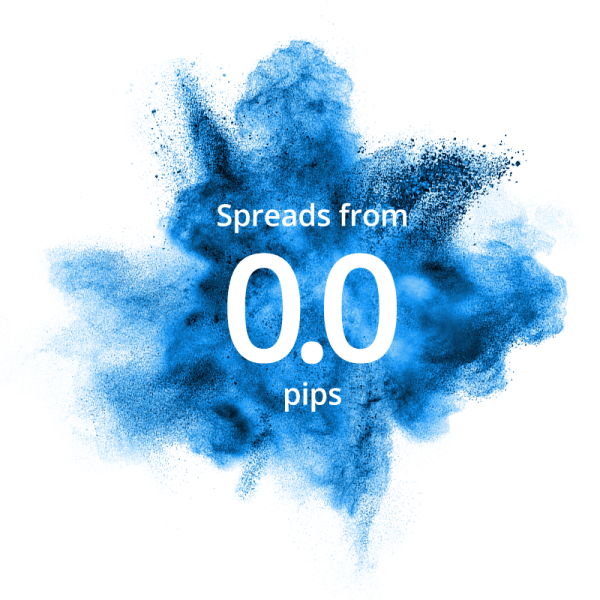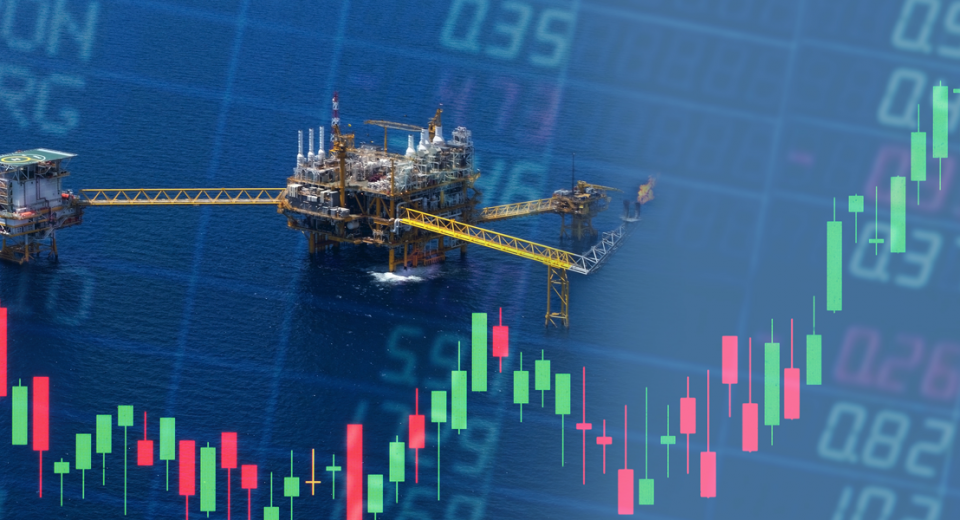What is Technical Analysis in Forex trading?

What is Technical Analysis in Forex trading - Blackwell Global Investments
Every trader employs a trading strategy – a methodology to place the best trades possible consistently. Many strategies fall under the umbrella of Technical Analysis. In this article, we’ll explore the nature of Technical Analysis and how you can utilise it in forex trading.
What is Technical Analysis in Forex trading?
In simple terms, Technical Analysis is the study of historical price movements on price charts.
By looking at these price movements, traders can use technical indicators to identify patterns within these movements. They can help to predict the future direction of price movements.
Traders that use Technical Analysis are called technical traders.
Does Technical Analysis work?
No trading strategy – including Technical Analysis strategies – are perfect. It’s important to recognise this when exploring Technical Analysis.
Think of Technical Analysis as a means to calculate the likelihood of a price move in a particular direction, not a guarantee.
But rest assured that Technical Analysis strategies are commonplace amongst retail and professional traders. This is because – when utilised correctly – they can help identify future price direction, along with optimum entry and exit levels.
Technical Analysis is very different from Fundamental Analysis, as it doesn’t gauge market sentiment from global events. In fact, Technical Analysis removes this from a trader’s thinking altogether. Decisions are based purely on past price data.
Assumptions of Technical Analysis
Advocates of technical analysis believe in two key assumptions of price data. You must be aware of these assumptions, as they act as a foundation for understanding technical analysis as a whole.
Assumption One: We Can Identify Patterns Within Price Movements
This assumption underpins all Technical Analysis, as the price of any given instrument moves in cyclical patterns or trends. By understanding what those patterns are and identifying them, traders can place profitable trades.
Assumption Two: Current Price Reflects Market Sentiment
As previously mentioned, technical traders aren’t concerned with gauging market sentiment. They just take the current price of any given instrument to be an accurate representation of how the market is feeling.
In the next section of this article, we’ll explore a common strategy that falls under the Technical Analysis umbrella: Fibonacci.
An introduction to Fibonacci
Fibonacci is a technical strategy that can help traders determine future levels of support and resistance on a price chart.
So why would a trader want to do this? Well, by identifying future support and resistance levels, a trader can highlight the best points at which to enter or exit a trade.
Remember, a support level is simply the threshold at which the price of a currency pair will not (generally speaking) go under.
A resistance level is the opposite of this – it’s a threshold at which the price of a currency pair will not (again, generally speaking) surpass.
These are some of the most basic technical indicators.
When using Fibonacci as a strategy, these levels are visually represented by a series of horizontal lines. These are known as Fibonacci retracements.
When using a trading platform such as MetaTrader 4, there are tools which traders can use to draw Fibonacci retracements onto a price chart.
How Fibonacci works
Fibonacci is a famous mathematical sequence. Each number within the sequence is a total of the two preceding numbers: 1, 1, 2, 3, 5, 8, 13 and so on.
The Fibonacci sequence is key to calculating retracement lines. This is achieved through Fibonacci ratios.
There are three Fibonacci ratios that traders need to be aware of: 61.8% (any number in the sequence divided by the first preceding number), 38.2% (any number in the sequence divided by the second preceding number) and 23.6% (any number in the sequence divided by the third preceding number).
The ratio 50%, while unrelated to Fibonacci, is also a standard retracement level.
These ratios are the levels at which retracement points are drawn in between a selected low and high point within a price trend. Using these retracement lines, traders can identify entry/exit points, along with stop loss and take profit levels.
Reference Links
Forex, Blackwell Global, Babypips, FxStreet.
Open A TURBO Account with Blackwell Global
Here at Blackwell Global, we’ve created an account designed to give you the best trading conditions in the industry.
Plus – you can test an array of Technical Analysis strategies on our MetaTrader 4 platform.
Key features of the TURBO Account include:
RAW Spreads from 0.0 pips
Keep trading costs low with the tightest spreads and no requotes.
200:1 Leverage
Access levels leverage that most other accounts simply can’t.
No Minimum Deposit
Start trading today with any amount of trading capital.
Tier 1 Liquidity
With Tier 1 Liquidity, trade with ultimate peace of mind.
Fast Execution
Open and close positions with lightning-fast execution.
Trade Micro Lots
Fine tune trading positions using Micro Lots


 RAW Spreads from 0.0 pips
RAW Spreads from 0.0 pips



